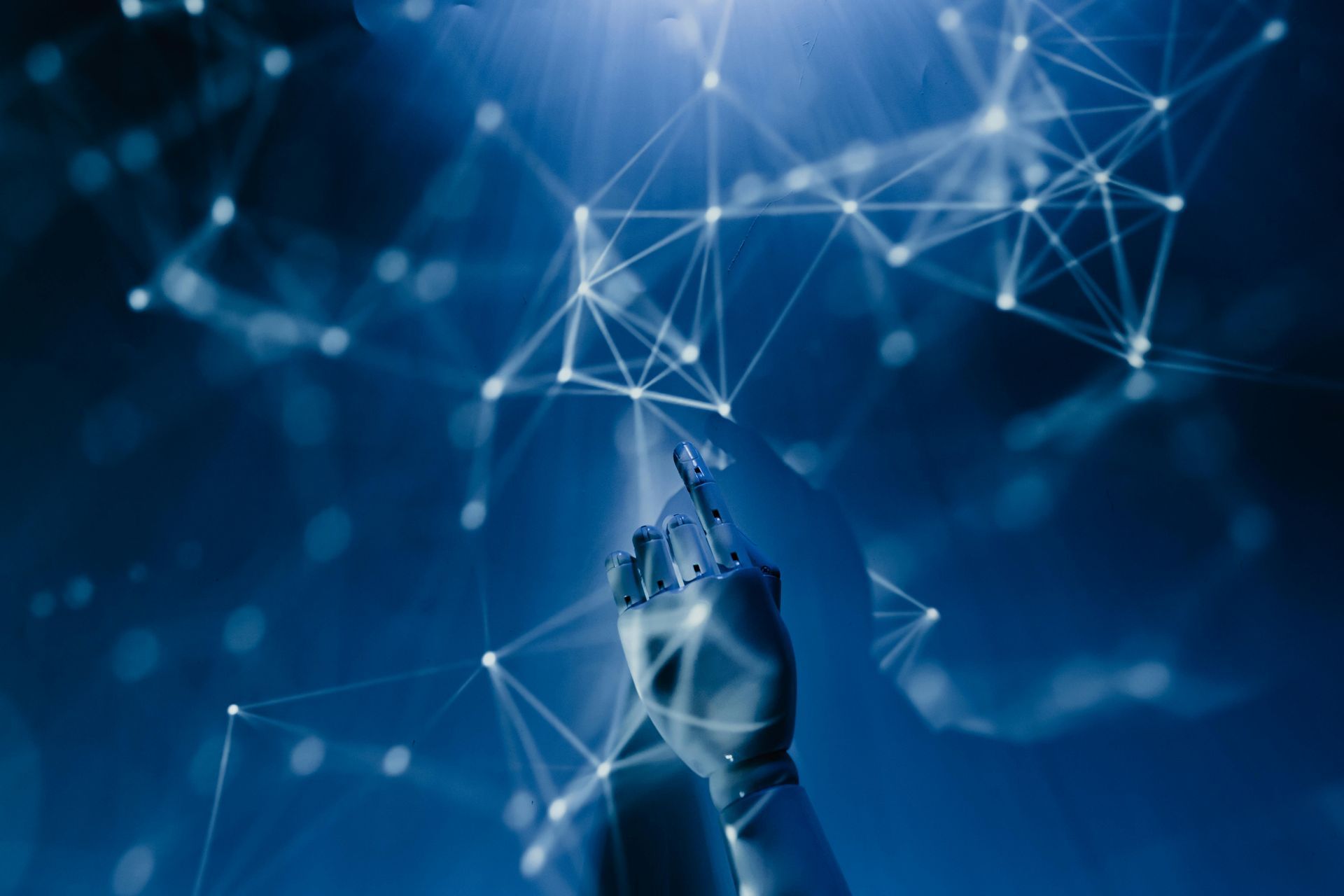Encouraging Reading Habits in the Digital Age
Today’s world is dominated by smartphones, streaming platforms and social media. Due to this, encouraging reading habits in the digital age is rather challenging. However, it also poses an opportunity because there are lots of innovative tools available online that can help foster a lifelong love of reading. When the right strategy and balance is achieved, children and adults can thrive as online and offline readers.
Reading plays a vital role in personal growth, critical thinking and academic achievement. It expands vocabulary and builds a foundation for lifelong learning. To make sure that reading remains a priority in our tech-driven lives, we must explore the impact of technology on reading and adopt forward-thinking solutions. At GIS, we’ve embraced technology to support academic growth by incorporating the Guided Reading Platform—an innovative tool that personalizes and enhances the reading experience for our students.
Understanding the Impact of Digital Media
Attention Span and Reading
The digital age has had a major impact on attention spans. With the constant pings of apps, messages, endless video content and scrolling through social media, children in particular struggle to remain engaged in longer texts or books that aren’t visually stimulating. To reinstate the joy and focus that come from immersive reading experiences, intentional efforts must be made.
Access to Digital Books
Even though technology has had a negative effect on attention spans and reading, it has also broken down many barriers to access. E-books, online articles and digital libraries are now just a tap away. This makes literature and educational content more available than ever before. People who used to had limited access to books now have entire libraries on their devices. This incredible access is a positive attribute in the discussion around the impact of technology on reading.
Strategies to Encourage Reading
1. Setting Boundaries for Screen Time
Setting healthy time limits on screen time is one of the key strategies to promote reading. Creating “screen-free” zones or reading hours each evening can be helpful for families. When parents encourage children to take regular reading breaks during the day, this can gradually shift habits from passive scrolling on devices to active reading.
2. Incorporating eBooks and Audiobooks
Screens aren’t the enemy. So instead of seeing them in that light, think about how digital formats can support reading goals. The Guided Reading platform offers a wide range of reading material that keep learners engaged and reduce boredom. The E-books are convenient for on-the-go reading and having them as audiobooks is even greater because they can accompany chores, car rides or even exercise. These formats can be especially effective for those who are reluctant to read as they offer a more flexible and enjoyable path to literature. They are essential digital tools for reading in the world we live in today.
Role of Parents and Educators
Lead by Example
Children mimic what they see around them. If they see the adults in their lives reading books instead of choosing screens, they will be more likely to also be interested in reading. Parents and educators can encourage reading habits in the digital age by modelling reading behaviour, sharing their favourite books and discussing what they’re reading.
Create a Reading-Friendly Environment
An environment conducive to reading is important. Set up cozy corners, fill shelves with a variety of books and set aside quiet time during the day or over the weekend. Even small rituals, like a Sunday morning read-aloud session, can be impactful. Creating a supportive atmosphere goes a long way in building literacy in children and also helps adults to maintain an interest in reading.
Use Technology to Promote Reading
The Guided Reading platform is filled with engaging and educational activities that are designed to boost literacy. From activities such as quizzes, games and puzzles, children can easily access interactive reading content. This reading platform caters to different preferences, skill levels and even learning styles. This makes them a valuable addition to any reading strategy. AI is making an impact in education and should be considered to assist children in various parts of their learning journey.
Interactive Reading
Digital storytelling apps incorporate animations, sound effects and interactive elements. These are useful in capturing and maintaining the attention of younger readers. While some people might not appreciate screens, these types of apps can help those who find printed text less engaging. When used in moderation, interactive reading experiences help bridge the gap between entertainment and education.
Community and Library Programs
Library Digital Services
Modern libraries aren’t just a bunch of dusty bookshelves. They are fast becoming digital hubs. Many libraries offer eBook lending, digital audiobooks and even workshops on media literacy. They play a vital role in reading vs. screen time conversations as they encourage reading through technology, rather than going against it.
Community Reading Initiatives
Intergenerational community reading events that bring together people of all ages to share stories, build connections, and foster a collective love for reading, reading marathons and challenges make reading a fun and social experience. These types of initiatives are powerful tools for encouraging reading habits in the digital age. This is especially true when they’re paired with online engagement platforms that track progress, celebrate milestones and share recommendations across different age groups. Gamifying reading is an excellent way for children to develop a love of reading.
The key to encouraging reading habits in the digital age is not about saying no to technology. It’s about harnessing the power of technology to support meaningful reading experiences. By adding digital resources into daily routines, setting healthy boundaries and creating a positive reading environment at home, school and in the community, we can help nurture a new generation of passionate readers.
Gaborone International School advocates for nurturing a culture of reading by embracing traditional and digital approaches. This gives our learners the opportunity to develop strong literacy skills and a lifelong love for reading.
FAQs
1. Are eBooks as effective as print books for early literacy?
Yes, when used appropriately. While print books offer tactile benefits, eBooks with read-aloud features and interactive content can support vocabulary development and engagement.
2. How can parents monitor reading content in digital formats?
Parents can use app filters, read reviews, and preview content. Platforms like Epic! and Libby often provide age ratings and educational tags.
3. What are some effective ways to motivate teenagers to read more?
Let teens choose their own reading materials, incorporate graphic novels or audiobooks, and connect reading with their personal interests like gaming, sports, or music.
4. How does social media influence reading habits?
It can distract from deep reading, but book influencers, online reviews, and digital book clubs also inspire people to explore new titles and genres.
5. Can video games and digital media be used to promote literacy?
Yes. Story-rich games, narrative-driven apps, and interactive fiction platforms can all contribute to reading and comprehension skills, especially when paired with traditional reading.



